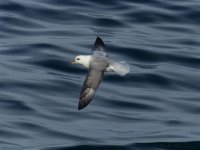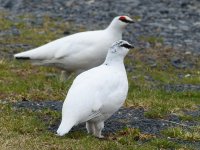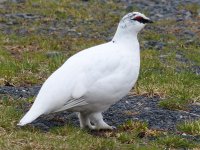I agree with kitefarrago that all the shots look very soft. You may be shaking your camera slightly, but I think the main problem is you are using a too narrow depth of field, or you are not correctly focussing, or both.
If camera shake is a problem, the quickest fix, as KF indicated, is to use a faster shutter speed. That will require either a larger aperture or a faster ISO setting.
If depth of field is a problem, the fix is to use a smaller shutter aperture. This will require either a longer exposure (slower shutter speed) or a faster ISO setting. A smaller aperture can also compensate for slightly incorrect focusing, and will help somewhat to hide the defects in a poor lens.
The drawback with a higher ISO setting, especially in a smaller camera, is that you may see "noise" (speckling) in the image.
The main alternative to raising the ISO setting is to use a tripod or otherwise to rest the camera on an immovable object. That will allow longer exposures without introducing camera shake. Obviously, exposures longer than a quarter-second are not really an option when a fulmar is swooping by, but should be OK for the ptarmigan shots.
One other critique: you tend to put your subjects right in the center. This is understandable (easier to focus, etc) but makes your photos much less dramatic. Look up the "rule of thirds". Try to put your subject (ideally, its eye) smack-dab on one of those thirds-line intersections, while leaving a bit of space "ahead" of the bird.









